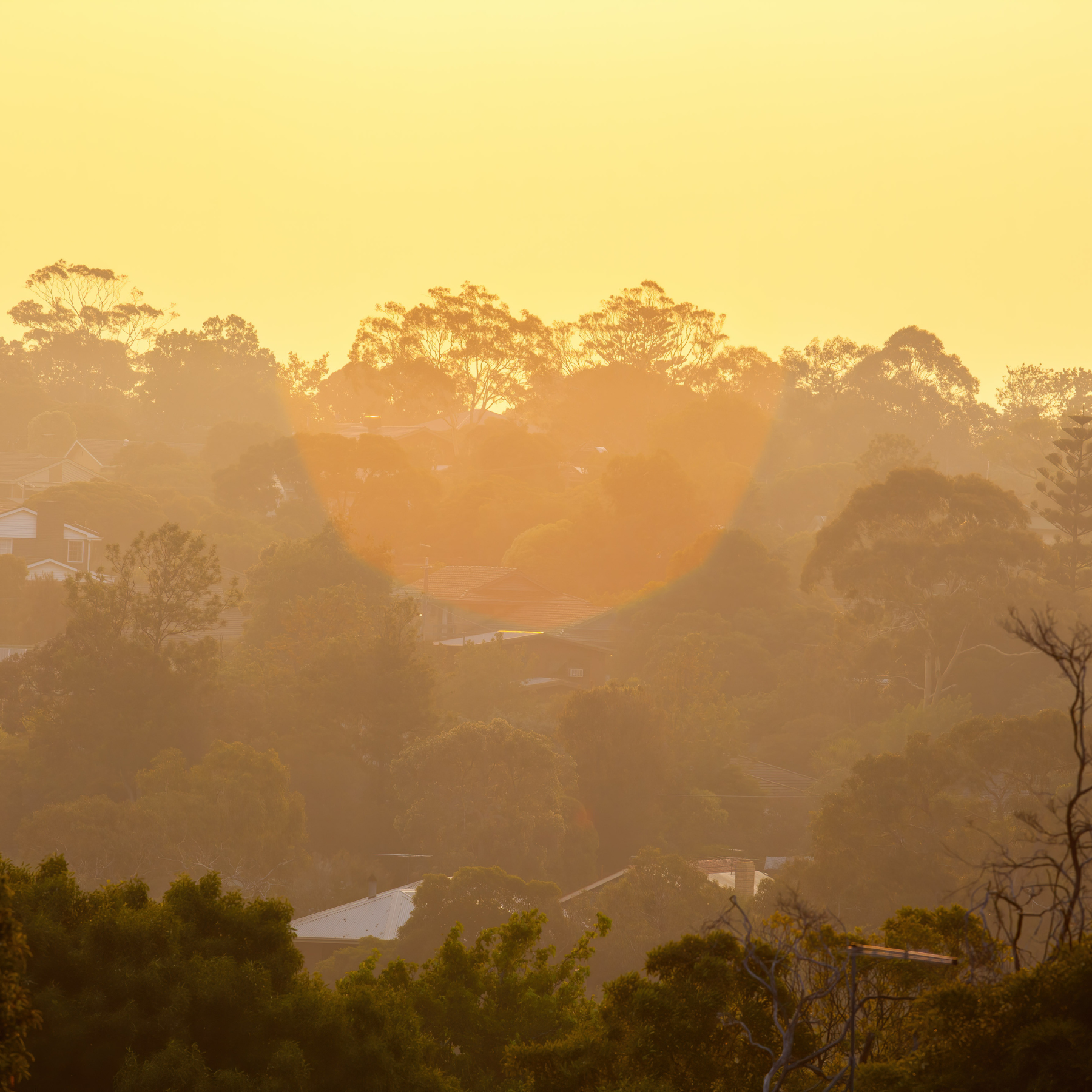BAL-LOW
There is insufficient risk to warrant specific construction requirements
No special requirements at this level.

Australia, our ‘sunburnt country and land of sweeping plains, provides an abundance of diverse terra firma for landowners to build their dream homes.
But our intense seasons, particularly summer, can have devastating effects not only on the uninhabited landscape but on the dwellings that are built within. As more people seek beauty and solitude on the outer edges of metropolitan areas and into country zones, the risk of fire attacks increases.
Bush and grass fires combined with wind move at intense speed, and it’s the embers ahead of a fire front that can cause the most damage. Fire embers are fast, fiery, and small, and account for 80-90 percent of homes being destroyed before a fire front arrives. Embers can settle in gutters, door and window crevices and can ignite quickly. As part of your bushfire management plan, your best defence is to be prepared with materials that will slow down the destructive effects of embers and direct fire.
In response to this century’s devastating fires across our country, State Governments have introduced the Bushfire Alert Rating (BAL) which determines construction and building materials necessary to protect homes from bush and grass fires. If you are building in a bushfire-prone area, it is now mandatory that materials meet BAL compliance before they can even be considered an integrated building material.

Cyclone’s Ember Guard is made from 304 stainless steel which is the most common form of stainless steel used around the world due to its corrosion resistance. Ember Guard is our highest BAL screening with a rating at BAL-FZ. Ember Guard complies with AS 3959-2018 and provides the highest screening protection against direct exposure to flames, ember attack, and heat flux.
Ember Guard is made from 304 steel and resists corrosion from most oxidisation elements. The durability of Ember Guard means that is easy to clean and can be used in kitchen and food preparation environments.
Find out more